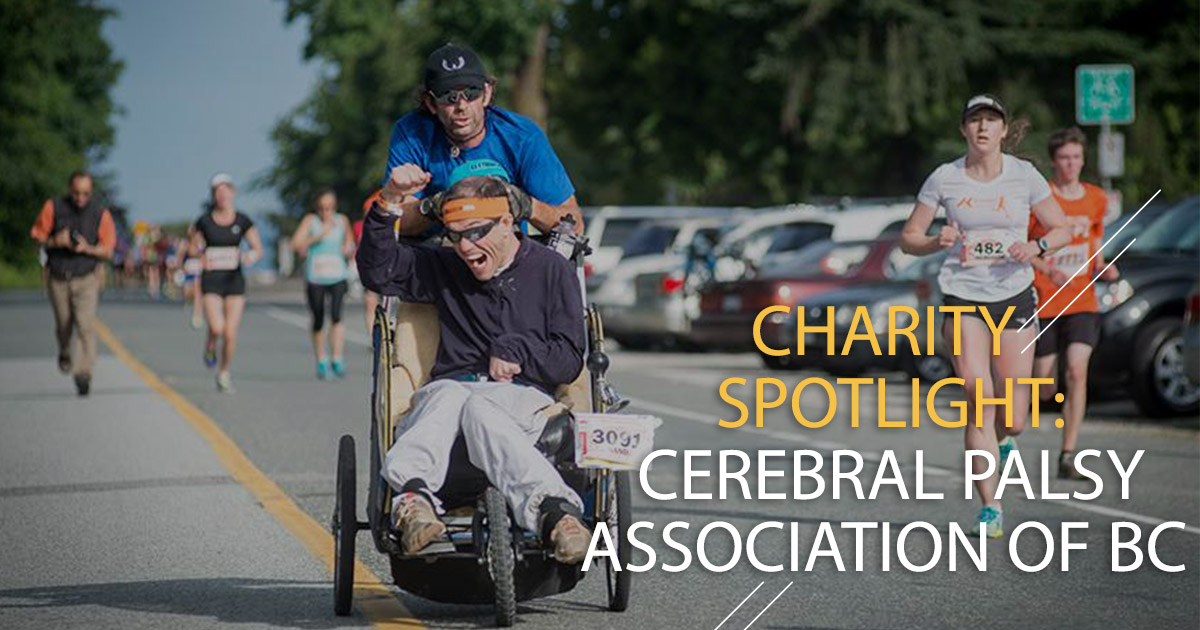
For the seventh year, Jason Cole and Rand Surbey will be racing in the Scotiabank Vancouver Half marathon as part of a wheelchair team. Their goal? To raise money to support the Cerebral Palsy Association of BC. Oh, and a world record.
Their Story:
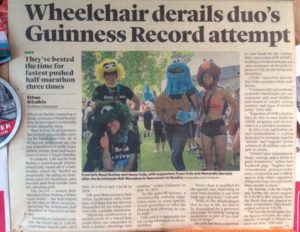
After damaging his knee during last year’s run and working hard to come back from injury, Jason will run again in 2018, pushing Rand again in an attempt to capture the elusive and challenging bid to capture to Guiness Record and support the Cerebral Palsy Association’s team. After seven years of breaking the world record but not having their time recognized due to an equipment technicality, Jason and Rand are coming back stronger than ever to prove their speed and determination.
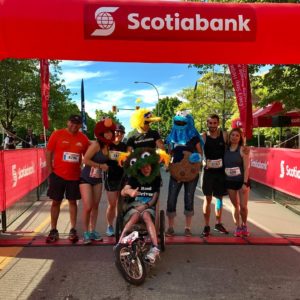
“Thanks to Wheelin’ Mobility and the Cerebral Palsy Association of BC, who outfitted us with a racing wheelchair that matches the requirements of Guinness, Rand and I are back in training and preparing to take on the Scotiabank Half Marathon again this year on June 24th” said Jason. “Our goal since beginning our racing careers has always been to advance the inclusivity of fun athletic events, like running races and the Tough Mudder, regardless of people’s financial or physical status.”
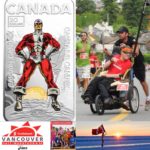
Jason and Rand will be racing in costume and this year’s theme will super heroes, with Rand as the Hulk and Jason as Captain Canuck. As an additional incentive for fundraising, they have acquired a limited edition, minted $20 silver coin that was released from the Canadian Mint commemorating Captain Canuck, and are offering it as a prize draw, with entries available for anyone donating in excess of $50 to our fundraising efforts. The draw will take place at the finish line of the race.
CLICK HERE to support Jason and Rand, and the Cerebral Palsy Association of BC.


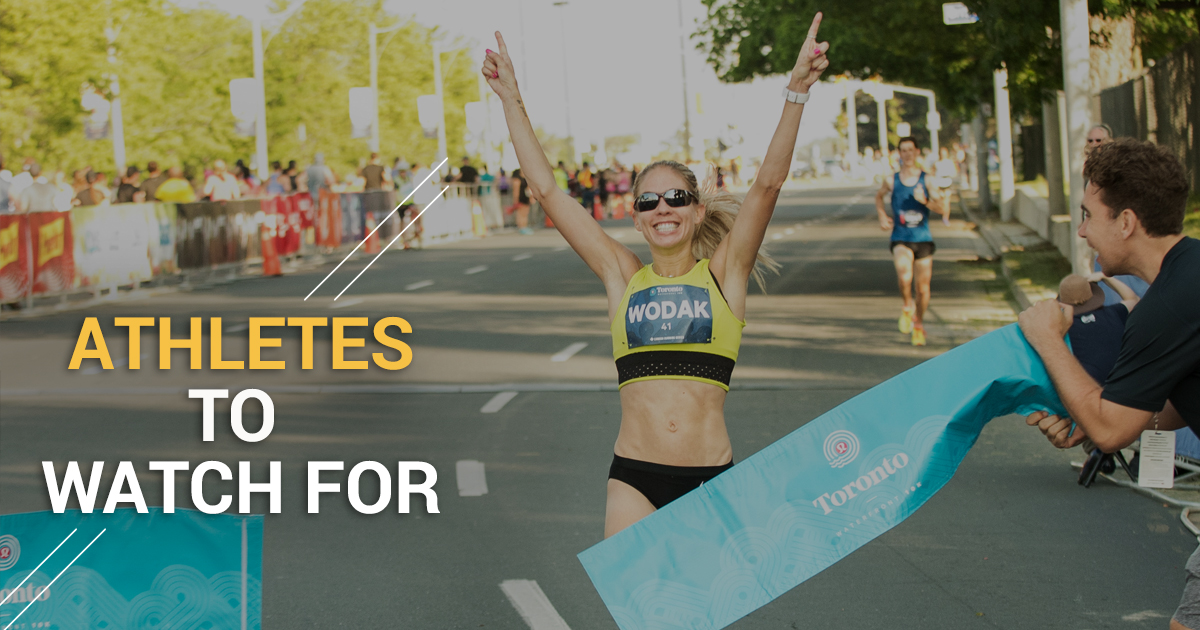
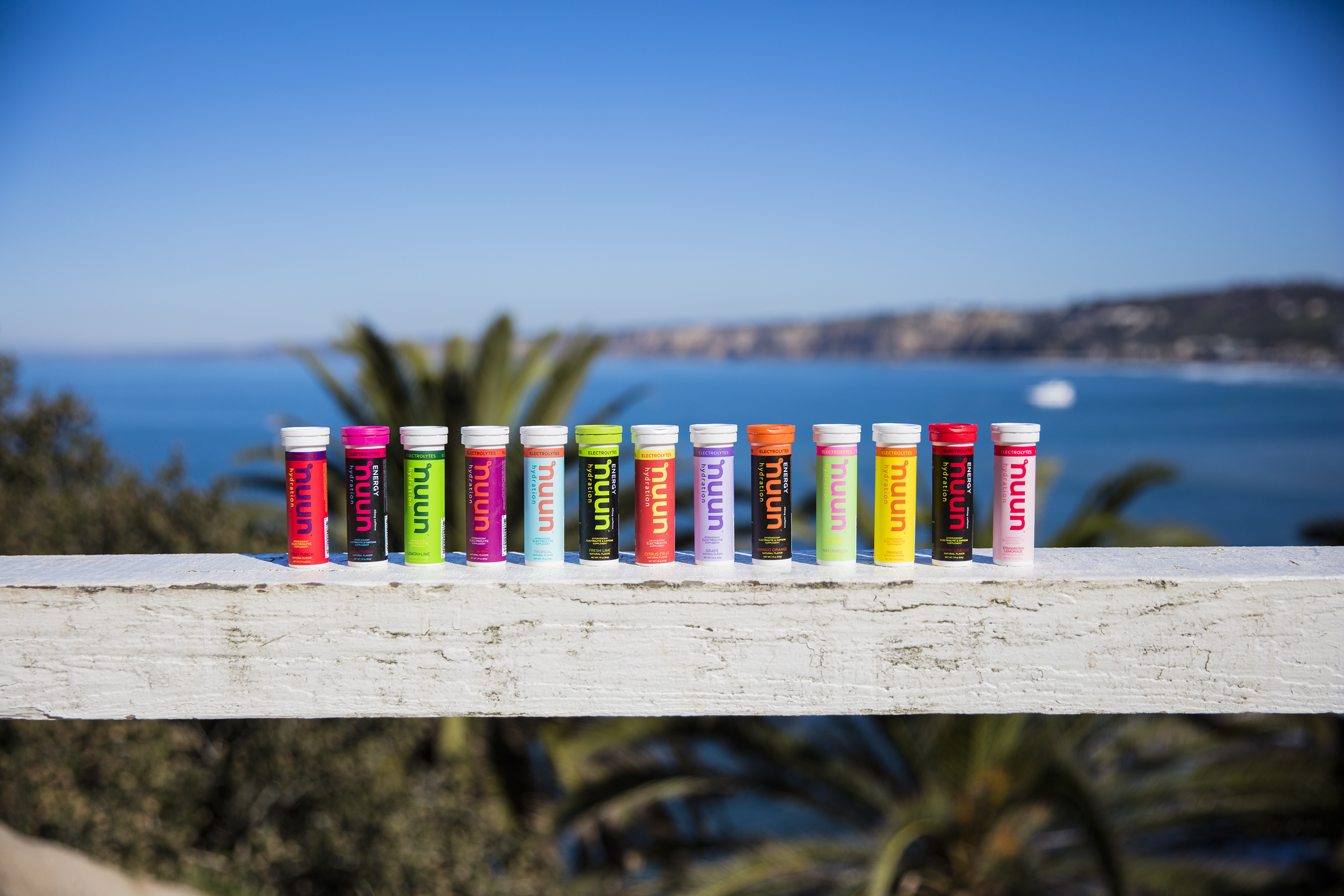
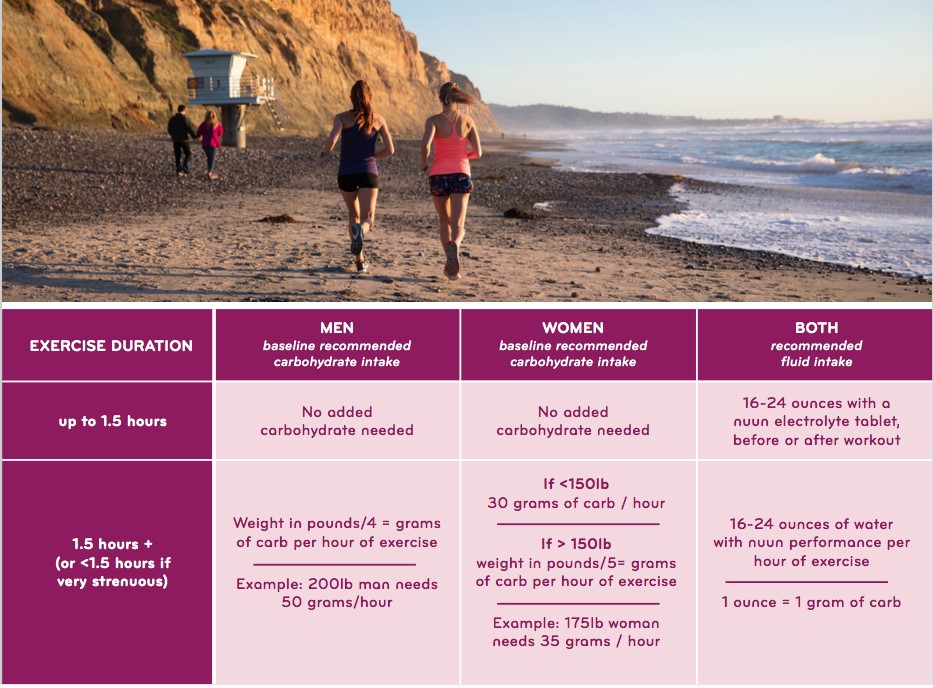
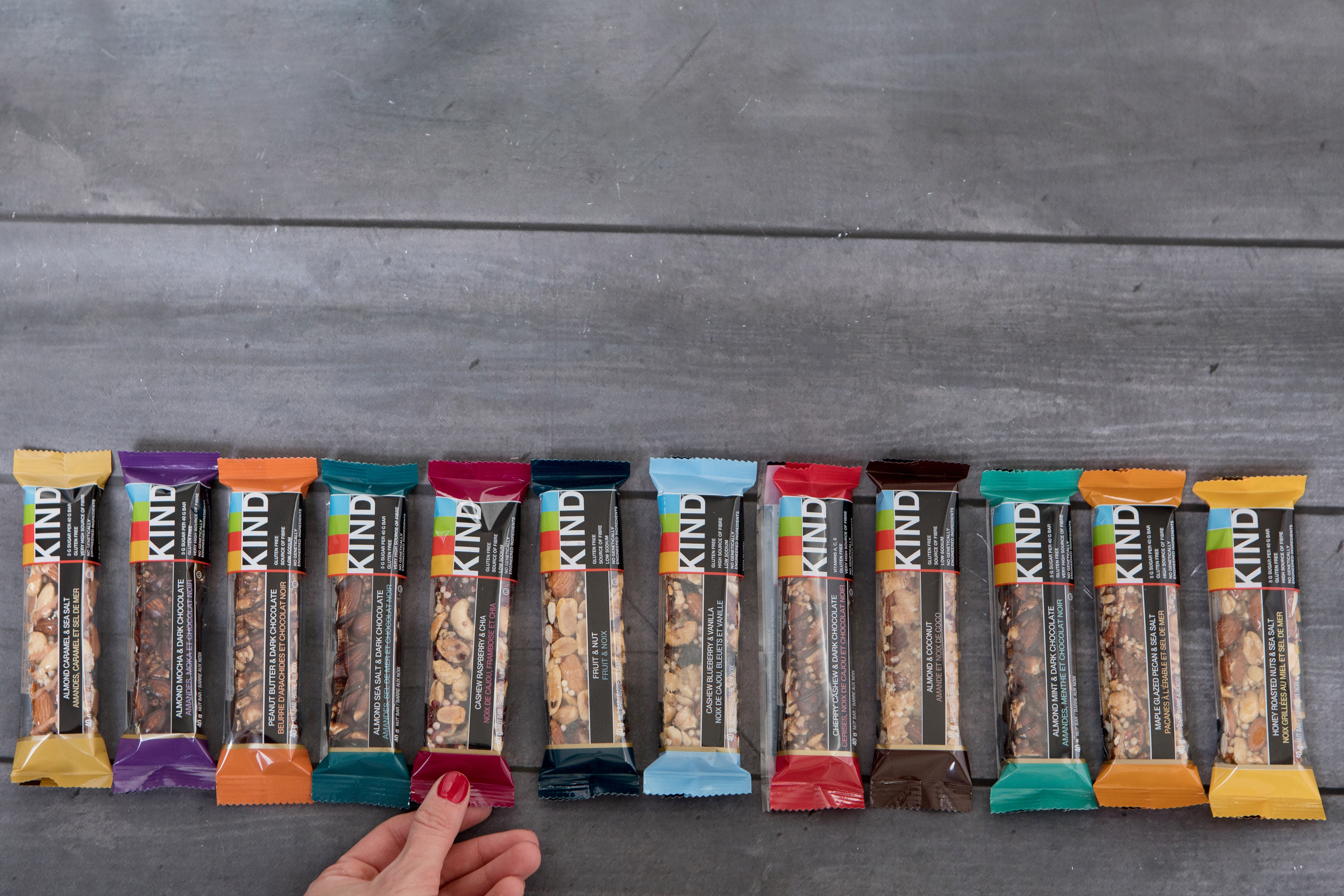
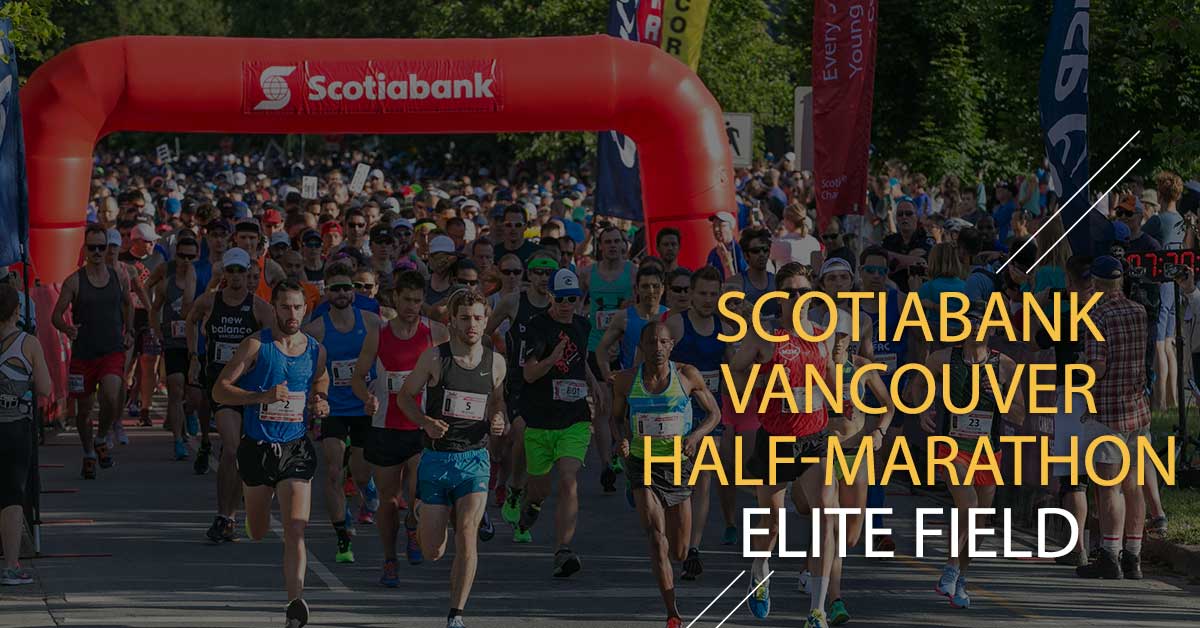

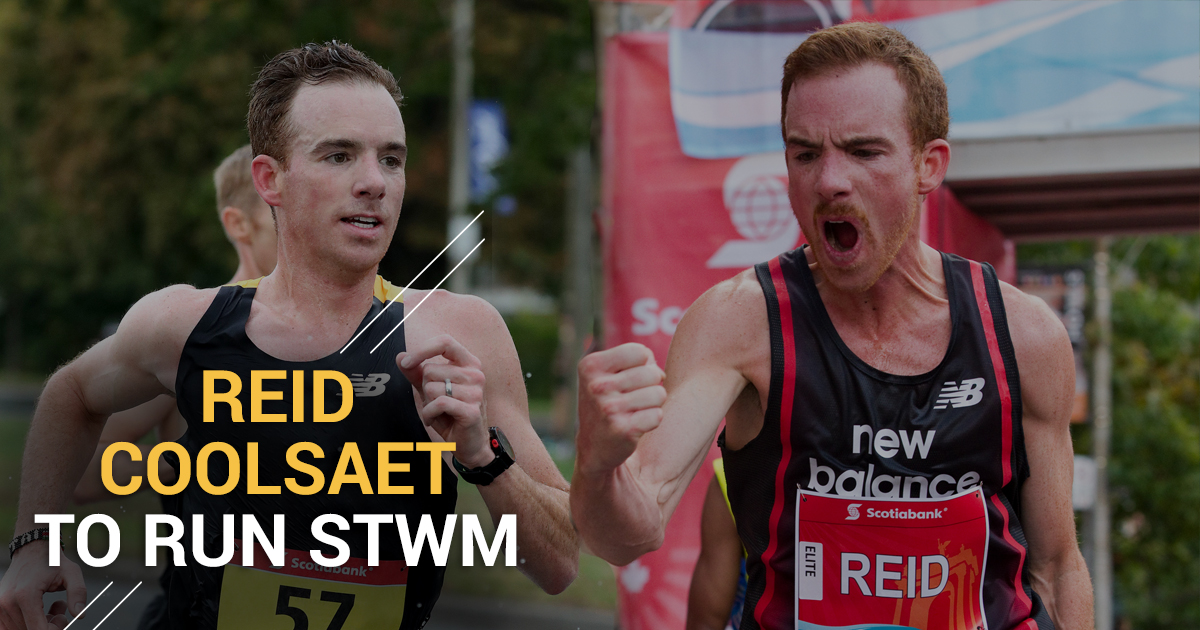

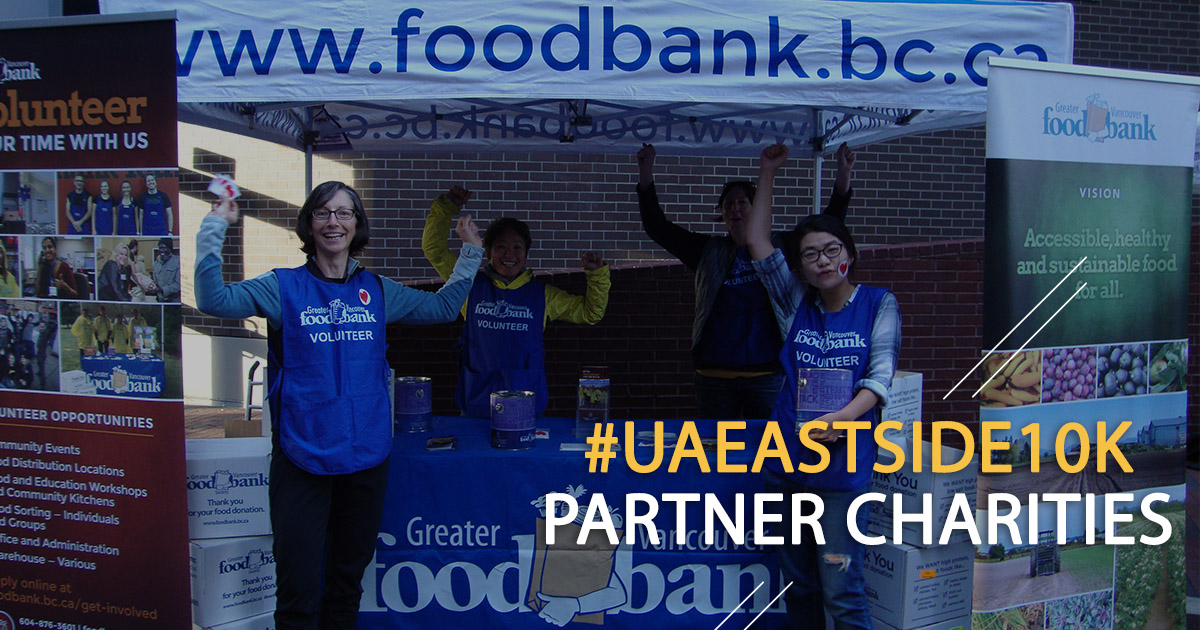
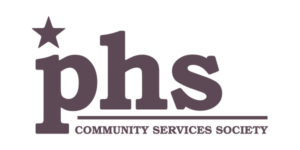 PHS Community Services Society (PHS) is an innovative and well-established non-profit organization located in Vancouver’s Downtown Eastside (DTES) community. The organization has extensive property management experience in complex mixed-use projects and primary health care initiatives. PHS improves the lives of thousands of vulnerable individuals each year through housing programs, health care and support services. Clients served represent the most marginalized populations residing in Vancouver’s DTES and face multiple barriers due to their mental health and substance use. Through many successful partnerships, PHS contributes to developing and maintaining best practices in health care and harm reduction.
PHS Community Services Society (PHS) is an innovative and well-established non-profit organization located in Vancouver’s Downtown Eastside (DTES) community. The organization has extensive property management experience in complex mixed-use projects and primary health care initiatives. PHS improves the lives of thousands of vulnerable individuals each year through housing programs, health care and support services. Clients served represent the most marginalized populations residing in Vancouver’s DTES and face multiple barriers due to their mental health and substance use. Through many successful partnerships, PHS contributes to developing and maintaining best practices in health care and harm reduction. The mission of the Downtown Eastside Women’s Centre (DEWC) is to provide a safe, non-judgmental environment for women from all walks of life, who live and/or work in the Downtown Eastside. DEWC operates a low-barrier drop-in centre and emergency night shelter, offering safe, women-only space, meals and basic essentials, as well as a continuum of care that nurtures and empowers members towards long-term change. DEWC sees over 500 women every single day, providing refuge from conditions of poverty and violence, hot, nutritious meals, toiletries and clothing, phone and computer access, as well as specialized support including advocacy, victim services, HIV case management, and housing assistance. In a severely marginalized community, DEWC provides a place where women can come as they are, find resources, support, and sisterhood, and build personal capacity so as to bridge the gap fromsurvival to self-sufficiency.
The mission of the Downtown Eastside Women’s Centre (DEWC) is to provide a safe, non-judgmental environment for women from all walks of life, who live and/or work in the Downtown Eastside. DEWC operates a low-barrier drop-in centre and emergency night shelter, offering safe, women-only space, meals and basic essentials, as well as a continuum of care that nurtures and empowers members towards long-term change. DEWC sees over 500 women every single day, providing refuge from conditions of poverty and violence, hot, nutritious meals, toiletries and clothing, phone and computer access, as well as specialized support including advocacy, victim services, HIV case management, and housing assistance. In a severely marginalized community, DEWC provides a place where women can come as they are, find resources, support, and sisterhood, and build personal capacity so as to bridge the gap fromsurvival to self-sufficiency. The Greater Vancouver Food Bank is a non-profit organization with a mission to create empowering environments that provide and promote access to healthy food, education and training. The GVFB provides assistance to over 27,000 people weekly through 13 food locations and more than 80 community agencies located in Vancouver, Burnaby, New Westminster and the North Shore. The GVFB is committed to its vision of accessible, healthy and sustainable food for all and through community collaboration, is pro-actively working to help reduce food insecurity.
The Greater Vancouver Food Bank is a non-profit organization with a mission to create empowering environments that provide and promote access to healthy food, education and training. The GVFB provides assistance to over 27,000 people weekly through 13 food locations and more than 80 community agencies located in Vancouver, Burnaby, New Westminster and the North Shore. The GVFB is committed to its vision of accessible, healthy and sustainable food for all and through community collaboration, is pro-actively working to help reduce food insecurity.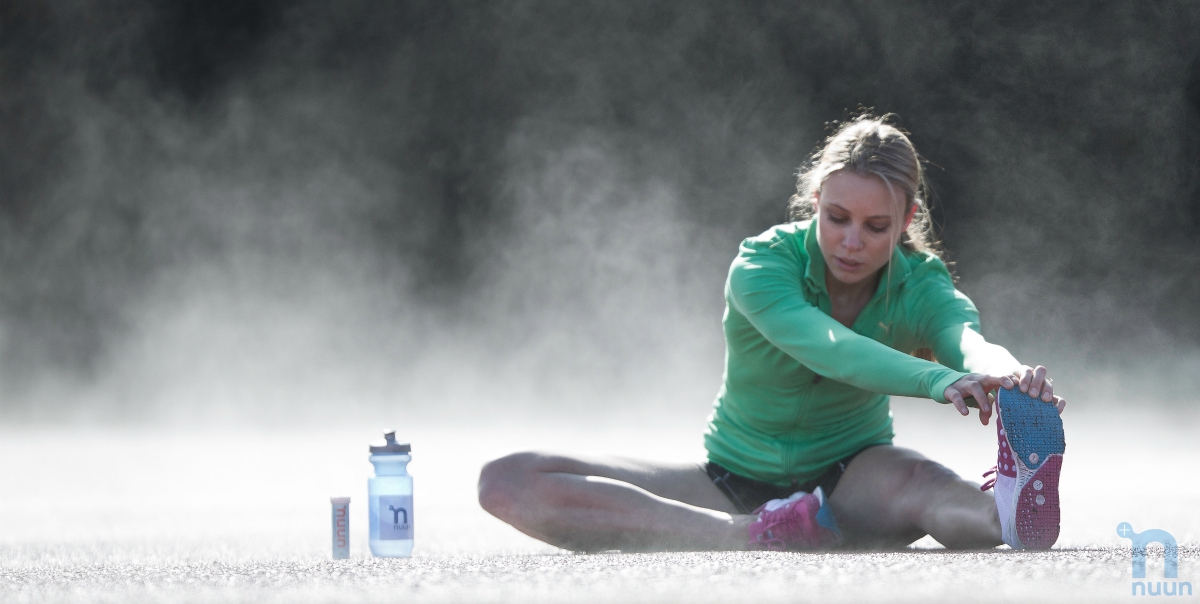
 Jaylene Prime, 11, is taking the Scotiabank Charity Challenge alongside her sisters. They are raising money for Cassie and Friends Society, a not-for-profit, which supports children with juvenile arthritis and other rheumatic diseases, and their families.
Jaylene Prime, 11, is taking the Scotiabank Charity Challenge alongside her sisters. They are raising money for Cassie and Friends Society, a not-for-profit, which supports children with juvenile arthritis and other rheumatic diseases, and their families.




